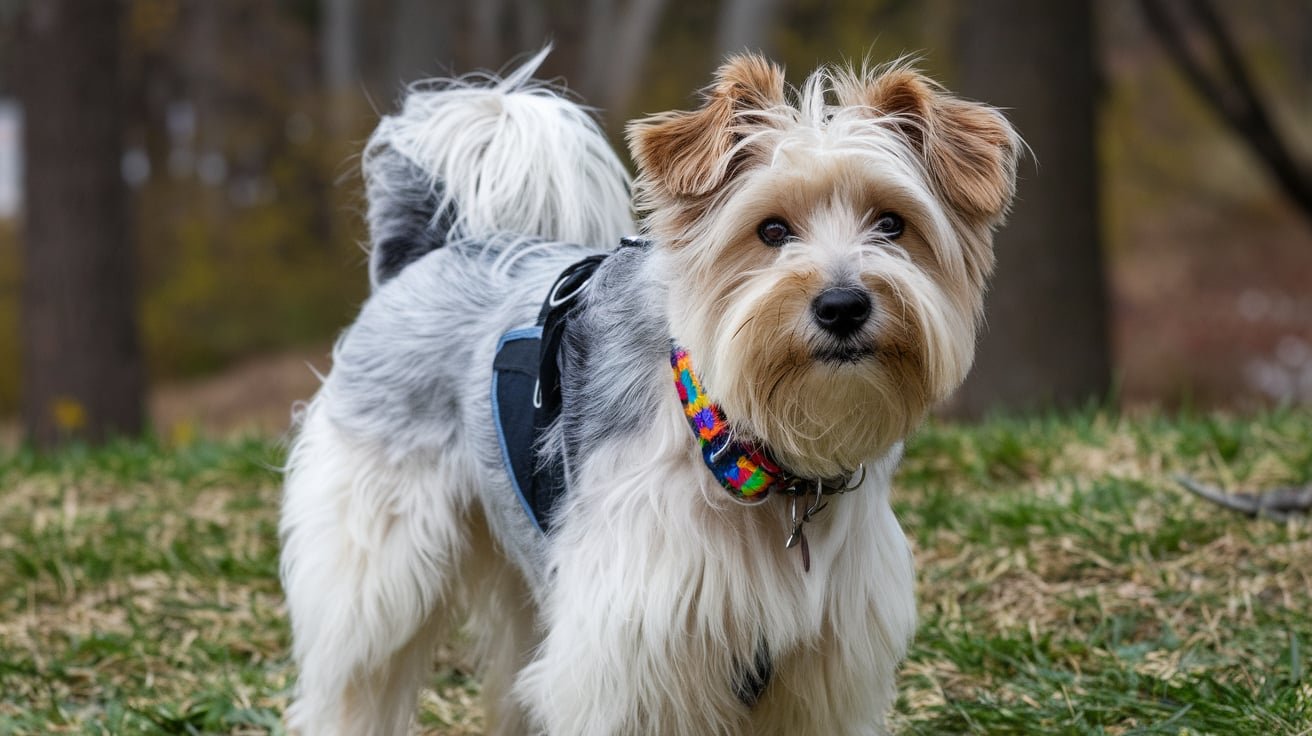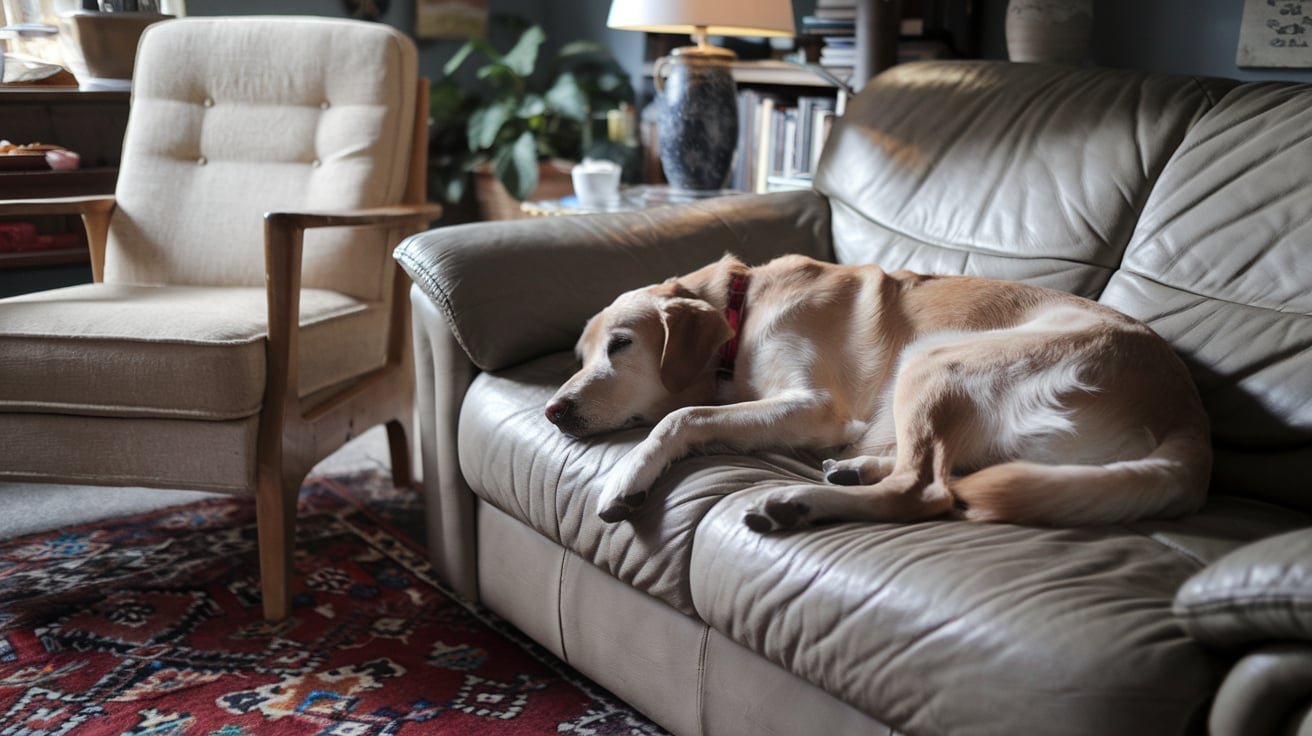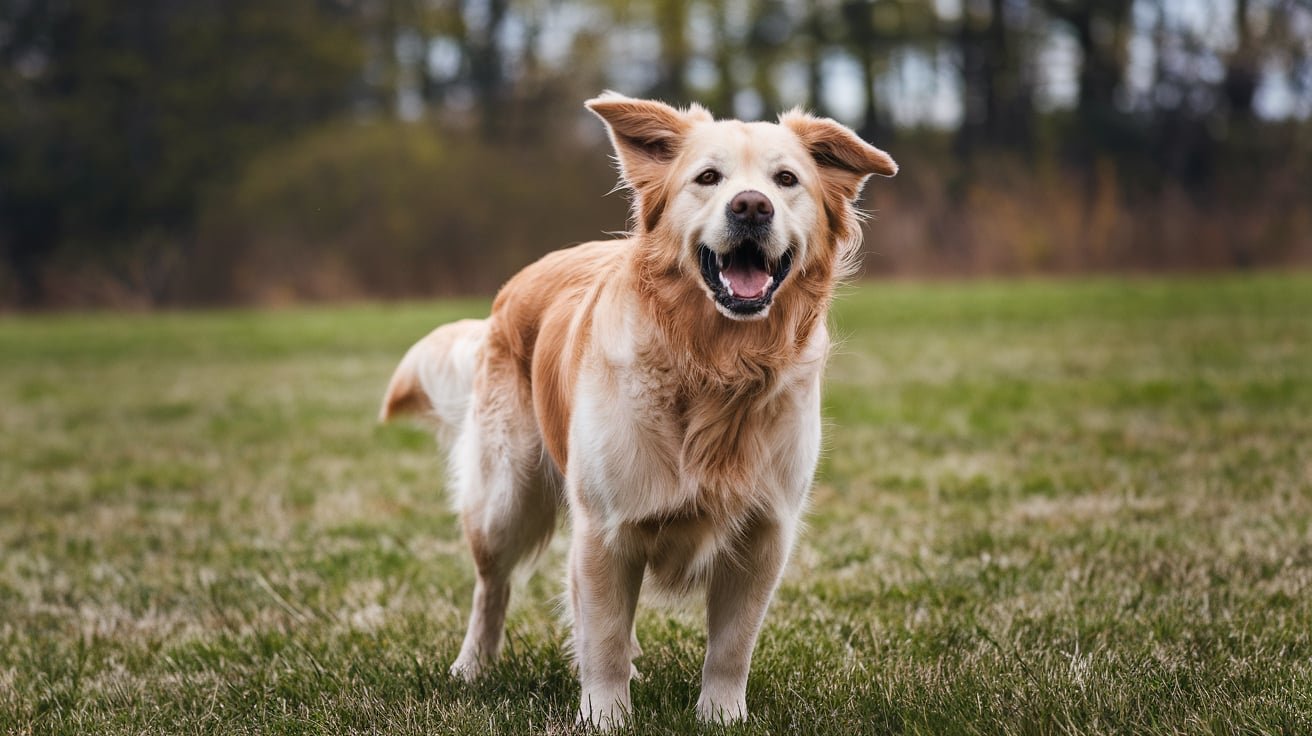Introduction to Dog Licking:
Dogs licking themselves or their surroundings is something every dog owner has witnessed. But why do they do it? Is it always a normal behavior, or could it be a sign of something more serious? In this article, we’ll dive deep into the world of dog licking—exploring common reasons, when to be concerned, and how to manage this behavior.
Why Do Dogs Lick?
Dogs lick for many reasons, and it’s one of their most instinctual behaviors. Whether they’re licking you, themselves, or objects, licking can serve various purposes. Here are some common reasons:
- Affection
When your dog licks you, it’s often their way of showing affection. It’s their version of a hug or a kiss. Dogs use licking to bond with their human companions, reinforcing the connection between you and your pet. For instance, my dog Max would always lick my hand when I came home, his excitement and love for me palpable through his actions. - Exploration
Dogs use their sense of taste and smell to explore the world around them. When they lick objects, they’re gathering information about their environment. In this way, licking is an important way for dogs to engage with their surroundings. - Self-Grooming
Like cats, dogs often lick themselves for grooming purposes. This is usually normal unless it becomes excessive, which could indicate an underlying health issue. - Health Issues
While licking is usually harmless, excessive licking can be a sign that something’s wrong. Dogs may lick themselves excessively if they are dealing with allergies, skin irritations, or even pain. If you notice your dog focusing on one specific area, it might be time to consult a vet. Excessive licking due to allergies was something I had to deal with when my Labrador, Bella, developed a food sensitivity. She would lick her paws constantly until we switched her diet. - Anxiety or Boredom
Dogs that are anxious or bored may lick more than usual. This is because licking can be a self-soothing behavior, much like a person biting their nails when nervous. Dogs that are left alone for long periods or are not mentally stimulated may develop this habit.
When Should You Be Concerned?
While dog licking is typically a normal behavior, there are times when it might indicate a more serious problem. If your dog is licking excessively or in a way that seems out of the ordinary, it’s important to take note. Here are some signs that something might be wrong:
- Constant licking of one spot (such as paws or tail)
- Licking that causes hair loss or sores
- Licking accompanied by other symptoms like redness, swelling, or discharge
- Sudden excessive licking without a clear cause
If any of these apply to your dog, it’s best to consult a vet to rule out underlying health problems such as allergies, infections, or pain.
Step-by-Step Guide to Managing Dog Licking
If your dog’s licking is becoming a problem, here’s a step-by-step guide to managing and understanding the behavior:
- Observe the Behavior
The first step in addressing your dog’s licking is to observe when and why it happens. Is your dog licking after eating, when they’re bored, or after going outside? Keep track of the triggers to get a better understanding of the behavior. - Check for Physical Causes
Examine your dog’s skin for redness, bumps, or other signs of irritation. If you notice any physical issues, consult a vet for advice. Allergies, infections, or dry skin could be causing your dog to lick excessively. - Reduce Stress and Anxiety
If your dog’s licking seems to be anxiety-related, work on reducing their stress. You can do this by providing them with a more enriching environment, regular exercise, and mental stimulation. Puzzle toys and interactive games can be a great way to keep your dog’s mind engaged. - Use Positive Reinforcement
If your dog is licking for attention, use positive reinforcement to encourage other behaviors. Instead of giving attention when they lick, wait for them to stop and then reward them with treats or affection for remaining calm. - Consider Using Protective Products
In cases where excessive licking is causing skin damage, you might need to consider using products like a cone of shame or bandages to prevent further harm. This should be a temporary solution while you work on addressing the root cause of the behavior. - Consult a Vet
If the licking continues or gets worse, it’s always best to consult your vet. They can run tests to rule out any serious health conditions like allergies, pain, or infections.
Anecdote: How I Managed Bella’s Licking Problem
One of the most memorable moments with my dog Bella was when she suddenly started licking her paws non-stop. I was worried, so I took her to the vet, who explained she had developed a mild food allergy. After switching her to a hypoallergenic diet, the licking subsided within a week. It was a simple fix, but it reminded me how important it is to pay attention to any changes in our pets’ behavior.
Products to Help Reduce Dog Licking
If your dog is licking excessively, there are several products on the market that can help manage the behavior:
- Anti-Lick Strips: These are adhesive strips that can be placed on areas your dog tends to lick. They are infused with bitter flavors that discourage licking.
- Pet-Safe Creams: Some creams and ointments are designed to soothe irritated skin and discourage licking.
- Interactive Toys: For dogs that lick out of boredom, providing them with more engaging toys can help redirect their energy.
Conclusion
Dog licking is usually a normal part of their behavior, whether it’s a show of affection or a way to explore their environment. However, when it becomes excessive or unusual, it can signal an underlying issue that needs to be addressed. By observing your dog’s behavior, providing proper care, and seeking veterinary advice when needed, you can help your furry friend stay healthy and comfortable.



